Genital surgery is a concept that may seem recent, given that there are societies around the world still trying to accommodate the idea. The practice has however been in existence for a long period, especially in old civilizations like China. In ancient China, genital surgery was practiced when Eunuchs were introduced to the imperial courts.
There are mixed ideas of who eunuchs were and the role they played in Ancient China. Some paint them as the power-hungry villains who used their influence and trusted position to perpetuate the conflicts and dramas of the imperial court. Others paint them as the victims forced to serve the emperor with little say and freedom.
In an attempt to better understand who, the Eunuchs were, this post takes an in-depth look at their lives. We will look at their history, where they originated from, and the roles they played. We will also discuss the process of becoming a eunuch and the physical and societal effects it had on them up until the end of their era. Additionally, we will also look at some of the famous
Eunuch In China History.
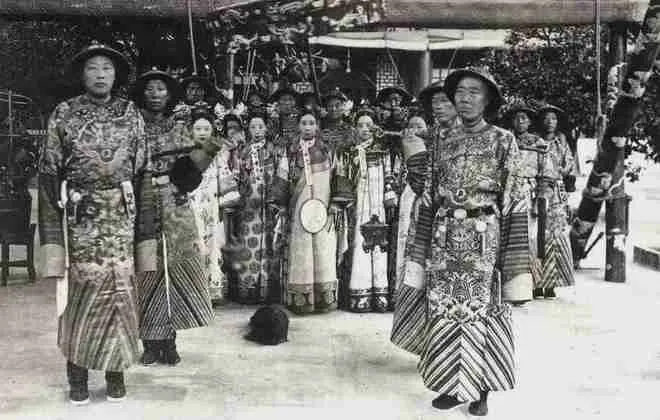
In China, Eunuchs were described as emasculated or castrated men, in service of the royal courts. While they have been in existence since about 4,000 years ago, they only became imperial servants 3,000 years ago and later common civil servants.
why were eunuchs castrated? Initially, being made a eunuch was a form of punishment to violent offenders. It was considered one of the five traditional punishments at the time. During the Qin dynasty, rapists who were found guilty would be castrated and turned into eunuch slaves made to perform forced labor for the emperor like building the Terracotta army. Their properties were also stripped from them and their families enslaved.
This act continued even during the Han dynasty, with more and more men being punished by castration for various offenses. By the end of the Han dynasty, a group of eunuchs called the Ten Attendants were able to gain considerable influence and power in the imperial court. This led to the war between warlords and the eunuchs when the warlords sought to restore the Emperor’s government. The Ten Attendants and many other eunuchs died in that fight. Still, during the Sui and Tang dynasties, the indigenous tribes of southern China continued to use eunuchs as servants.
During the establishment of the Liao dynasty, the Khitans adopted the practice of using eunuchs. They were non-Khitan prisoners of war. Some of them were Chinese eunuchs from the Jin court that the Khitans captured during their invasion, others were Han Chinese boys captured during the war with the Song dynasty and forced to be eunuchs by being castrated.
The Ming dynasty had the largest number of eunuchs in the entire Ancient Chinese history. The eunuchs came from different ethnic groups including Korea, Mongolia, Vietnam, Cambodia, and Okinawa. Around this time had a bit more influence in the imperial court. Some of them like the Muslim eunuchs were Ming ambassadors. Families began willingly castrating their boys so they would get employment as eunuchs in the palace. By the end of the Ming dynasty, there were about 70,000 eunuchs employed by the emperors, totaling up to 100,000 eunuchs since their existence. These numbers started reducing during the Qing dynasty and eventually, the era of eunuchs ended with the end of the Qing dynasty.
Why Were There Eunuchs In China?
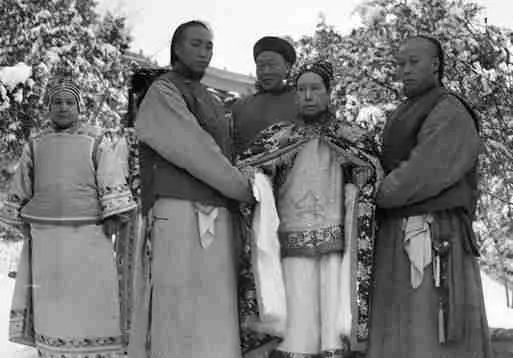
Initially, the Eunuchs were criminals and offenders, castrated as punishment. They served as slaves of forced labor. Later on, eunuchs became employed as servants in the inner chambers of the royal court. The eunuchs’ duties in the palace were to serve the royal women of the court by acting as fetchers, carriers, bodyguards, nurses, butlers, maids, and even cooks altogether.
With time eunuchs became the most trusted servants of the imperial courts. They could neither seduce women of the royal court, nor father children who would later rival for the emperor’s sit. Still, they were regarded as the lowest class of servants in the general public view. Stigmatized and treated with disdain by the ruling class, the eunuchs used their privileged positions in the imperial courts to gain power and influence.
Given that they had special access to the imperial courts where no officials were allowed, they had a great advantage. Another advantage was that the eunuchs were the only male the emperors interacted with from childhood until adulthood, so it was easier to trust them over other officials who were seen as having political interests. With this privilege, the eunuchs had the power to limit communication between the emperor and ministers and also the appointment of officials. Weak emperors were especially easily manipulated by eunuchs to do their bidding. It was their greed for power that led to their expulsion from the imperial courts by the last emperor Puyi towards the end of the Qing dynasty.
Chinese Eunuch Surgery.
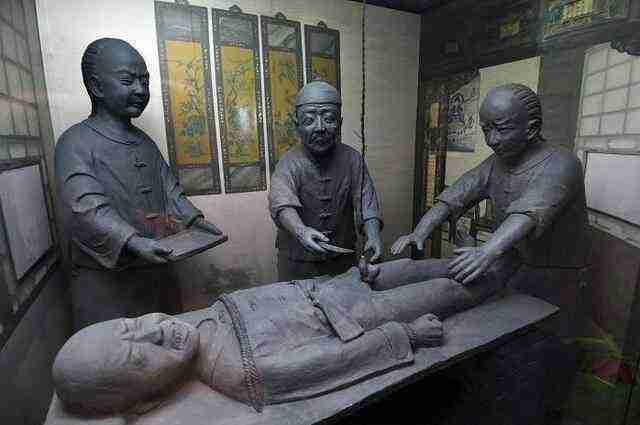
As we’ve mentioned, to become a eunuch a man had to be castrated, although in China castration was more of emasculation with both the penis and testicles cut off at the same time. While at first this process was done forcefully on criminals and prisoners of war, over time families would willingly perform this operation.
A ch’ang Tzu was a small hut near the forbidden city where the surgery would take place. The entire procedure including the healing process would be carried out by a ‘knifer’ better known as a daozi Jiang. He worked with several apprentices and charged six taels for each procedure which was roughly $84 today.
In preparation for the operation, bandages were used to tightly bind the upper thighs and abdomen of the patient to prevent hemorrhaging. The parts to be operated on were washed and disinfected three times in hotter pepper water, the local anesthetic around the late Qing dynasty. After the preparation, three men were needed to hold the patient firmly down to prevent sudden movement during the operation. One man would separate and hold down the legs, another one would hold down the waist and the other would pin down the arms.
The knifer would then approach the patient and seek consent by asking whether or not he would later regret this. If there was any hesitation, the operation would be stopped. If the patient was sure and gave his consent then both the penis and scrotum would be removed with a single swift slash using a small sharp curved blade. A spigot would then be put in the main orifice to prevent the urethra from closing up, and the wound would be covered and bound in paper soaked in cold water.
Once the wound was dressed the apprentices would walk the patient around the room for three hours continuously before he could lie down. Because the spigot prevented the patient from urinating, he wasn’t allowed to drink any liquids for three days. As a result, the patients would suffer from extreme dehydration. After the three days, the spigot would be removed and urine would flow out. If there was no urine it was a sign that the operation was unsuccessful and the patient would die a painful death. This was the case for 2% of the operations conducted. On the other hand, if the operation was deemed successful, the new eunuch would take 100 days off for the wound to heal completely before being taken to the imperial court to assume his duties.
What Does A Eunuch Look Like?
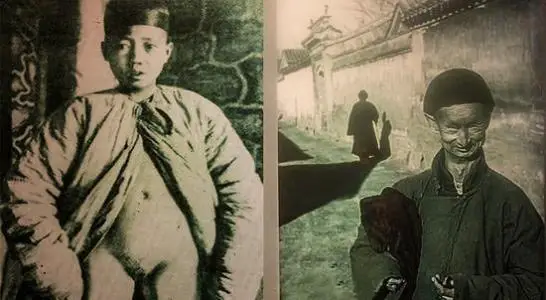
what does a eunuch look like down there? After emasculation, a eunuch undergoes very many changes especially in terms of physical appearance. To start with, once the sex organs have been cut off all that’s left is a tiny hole for urinating. The procedure tends to affect their bladder control, resulting in them wetting their beds and clothes often, hence the Chinese phrase, ‘as smelly as a eunuch’.
In addition to that, the procedure cuts off the supply of male hormones resulting in eunuchs having high-pitched voices. The eunuchs who underwent the surgery at a young age ended up having female-like voices while those who had already attained maturity would have cracked falsettos. Aside from the voice, eunuchs were also unable to grow beards. Their bodies would also become soft and flaccid, and some say they would grow longer limbs and appear much older than their age. As they grew older, they became less and less fleshy.
Emotionally, eunuchs were prone to bouts of extreme emotional outbursts, including moments of uncontrollable anger. They were also physically too weak to undertake any strenuous physical activities. As they walked, they would take small steps, with a slight forwards inclination and toes pointing forwards. These were the characteristics that made them easily recognizable from a distance.
3 Types Of Eunuchs.
Eunuchs didn’t only exist in Ancient China. Other civilizations like the Roman empire also had eunuchs. While in China there was only one type of eunuchs, in the roman empire there were three main types. Since during the Ming dynasty many of the eunuchs came from foreign lands, it’s possible that the following three types of eunuchs once lived in Ancient China:
Castrati.
These are the types of eunuchs who had all their genitals chopped off. It was a clean-cut that only left a hole for purposes of urinating. These were the types of eunuchs found in China. All castrated men had all their genitals cut off.
Spadones.
There are two descriptions for these types of eunuchs. Some describe them as natural eunuchs. That means that they were born without strong sexual characteristics. Others describe them as the type of eunuchs who only had their testicles cut off but remained with their penis.
Thladiae/Thlibiae.
These were a type of eunuchs who didn’t have any of their genitalia cut off. Thladiae rather meant that they had crushed testicles. Thlibiae on the other hand meant that they had bruised testicles, done by pressing against the testicles or tying the scrotum tightly. These methods were much safer than cutting off organs.
Famous Eunuchs In China.
1.Zhao Gao
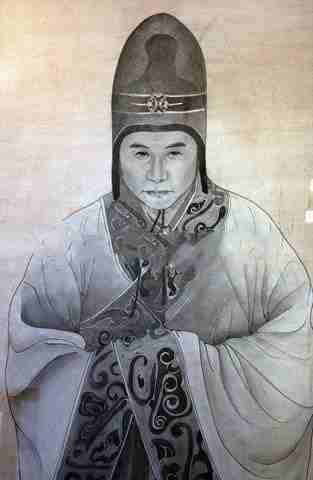
He was a politician, an official of the Qing dynasty, and a close aide to all three emperors. He was especially Qin Shihuangdi’s favorite. Gao played an instrumental role in the downfall of the Qin dynasty by plotting against Li Si.
2.Sima Qian
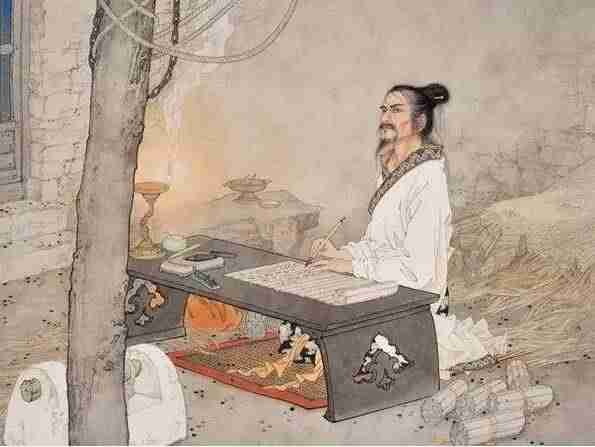
This eunuch was a famed Chinese historian. He is also said to be the father of historiography as he was the first one to practice gathering and analyzing primary and secondary information to write the monumental history of China.
3. Cai Lun
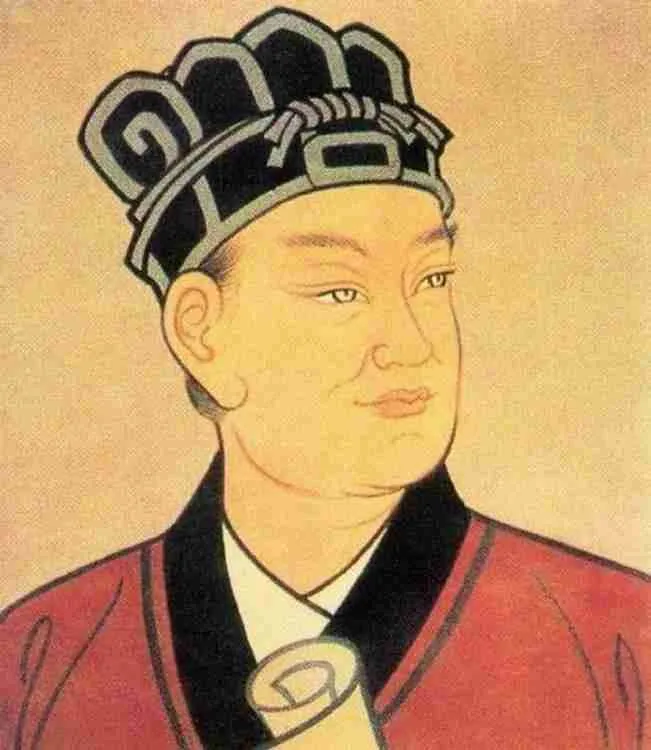
He is the eunuch credited for advancing the process of papermaking that led to its widespread across Europe and all over the world. Initially, he was credited as the inventor but it was later discovered that there were manuscripts written on paper long before he came up with his technique.
4.Zheng He
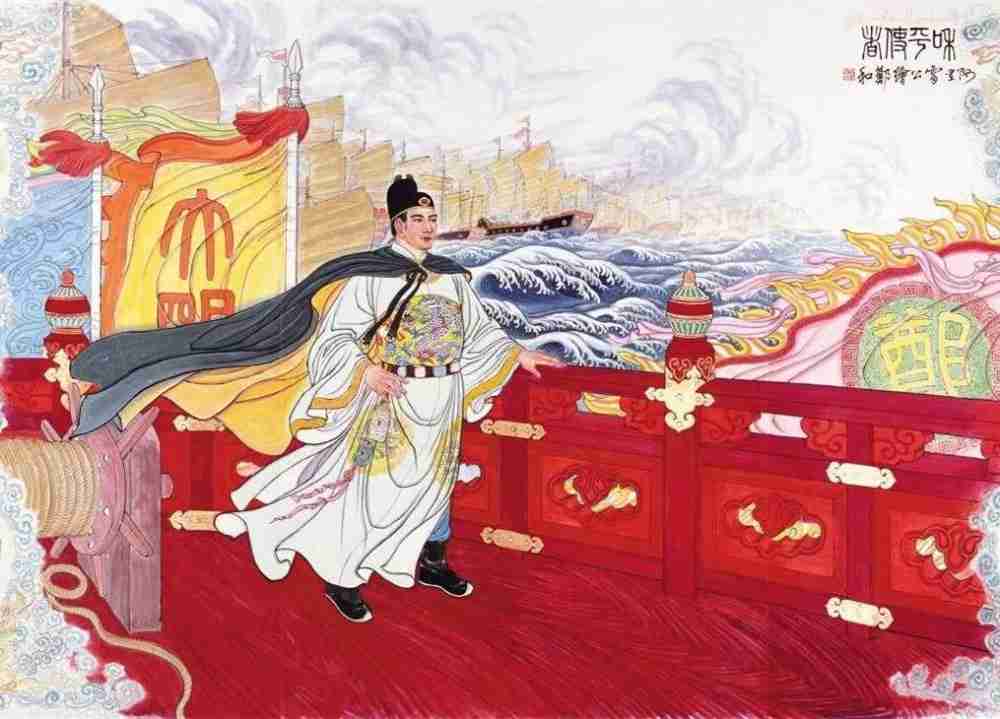
Zheng was a famous explorer who was a mariner and fleet admiral during the early Ming dynasty. He was responsible for leading a large number of Chinese fleets to explore the Indian Ocean.
5. Gao Lishi
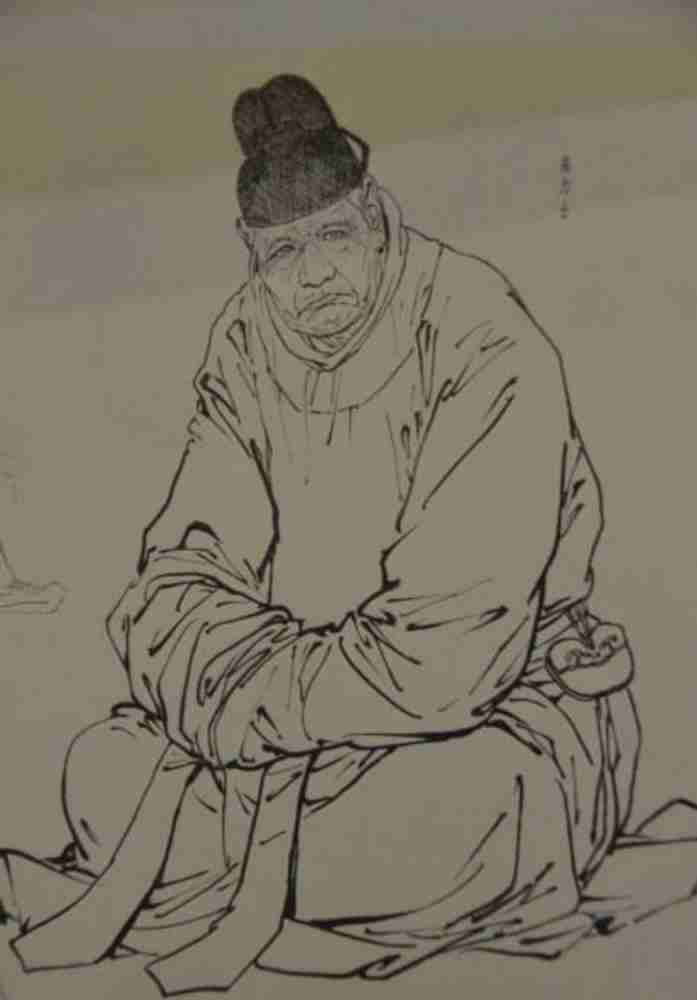
Lishi was a eunuch who was also a politician during the Tang and Zhou dynasties. He was believed to be richer than even the nobilities at that time. His influence was greatest during the reign of Emperor Xuanzong of the Tang dynasty, where he was responsible for making decisions, the emperor should have been making.
6.Li Fuguo
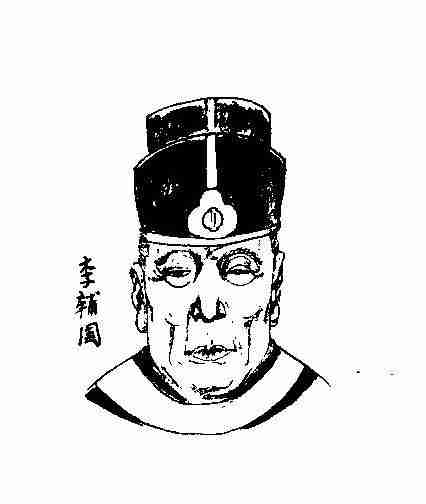
Formally known as prince Chou of Bolu, Fuguo was an official during the Tang dynasty. He is said to be the one who started the new era of the eunuch rule.
7.Wang Zhen
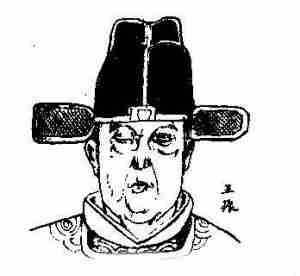
He was the eunuch who served Zhu Qizhen. Wang is said to be the first eunuch in the Ming dynasty to have a lot of power and influence in the imperial court.
8.Yu Chao’en
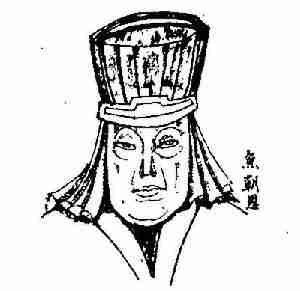
Yu was an official during the Tang dynasty who started his career as an army supervisor. He was especially powerful during the reign of emperor Daizong and was feared by many including the chancellors.
9.Liu Jin
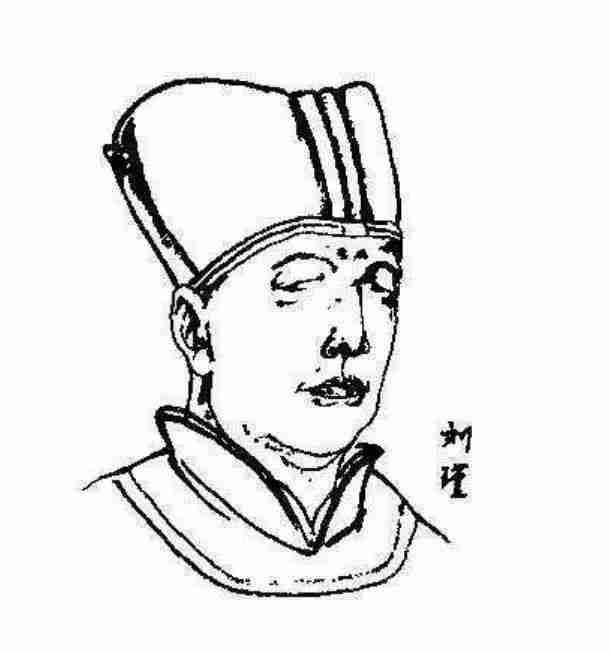
Jin is considered the most corrupt eunuch official in Chinese history during the Ming dynasty. He was also among the most powerful and the founder of the ‘Eight Tigers’ a powerful eunuch group that controlled the imperial court.
10.Wei Zhongxian
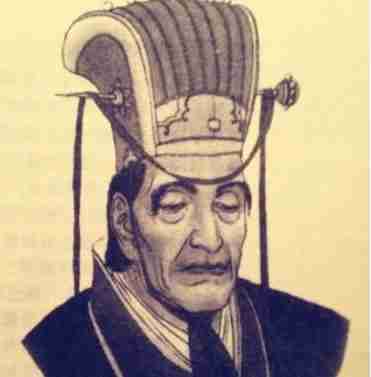
Wei is considered the most powerful and notorious eunuch in Chinese history who lived towards the end of the Ming dynasty. He’s best remembered for the time when his power almost rivaled the emperors during his service to Emperor Tianqi.
11.Li Lianying
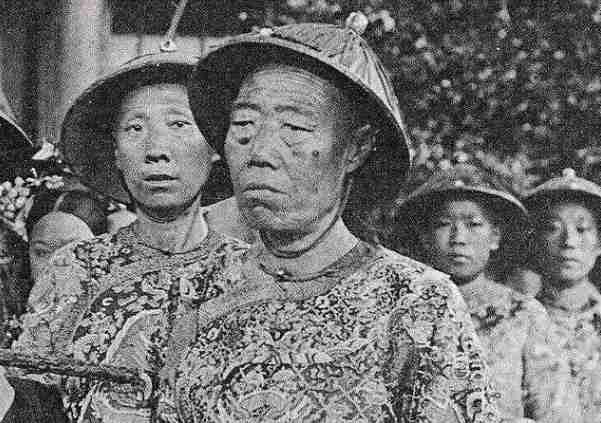
Li was a eunuch during the late Qing dynasty. During the regency of Empress, Dowger Cixi was when Li was known to be most influential in the royal court.
12.Sun Yaoting
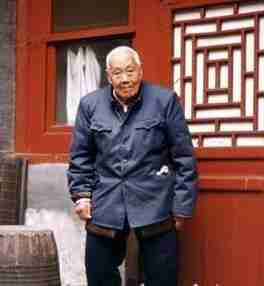
Sun is famed for being the last eunuch to survive after the fall of the Qing dynasty. His father had him castrated, with Sun’s consent, a short while before the Qing dynasty was overthrown by the revolution. He only got to serve at the palace for a short period when the dynasty was briefly revived. A while later the eunuchs were banished from the court and the system was later abolished.
Can A Eunuch Get Married?
Initially, in the Chinese empire, eunuch marriages were completely banned. The eunuchs were trained to forget about their past life and only be loyal and committed to their masters and mistresses. Before the Ming dynasty, eunuchs did not have a lot of freedom to do much.
By 1402, during the reign of Emperor Yongle, the policy forbidding eunuchs from getting married was loosened as a thank you to their contribution during the Jiangnan campaign. Despite being legalized, eunuch marriages were simple and almost always done in secret. That was because the majority of the eunuchs’ wives were concubines. Regardless of their infertility, the eunuchs were extremely loyal to their wives, and because they couldn’t father children, they were allowed to adopt eunuch boys and normal girls.
When Did Eunuch End?
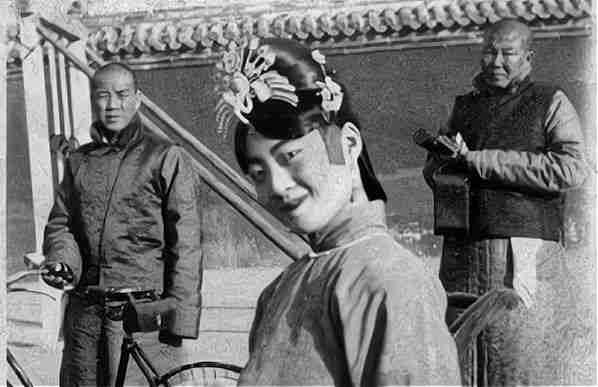
The end of the Eunuch system ended with the downfall of the last imperial dynasty, the Qing dynasty. The last emperor Piyu was said to have thrown them out of the Imperial city, under the suspicion that they were trying to swindle the imperial royal family treasures.
The system was completely abolished on November 5th, 1924, after Emperor Piyu was driven out of the Forbidden City by the revolution. The eunuchs who had gained a place in society before then became sources of ridicule and taunting. They were the least regarded members of society, especially now that they were no longer any need for them. The last eunuch was Sun Yaoting, who died at the age of 93 at the Beijing temple where he lived after the imperial era.
Conclusions.
Today, most of what is known about eunuchs are that they were greedy and power-hungry and described as poison and wild beasts. This is because of the eunuchs who used their privileged positions to stir up drama and gain political influence in the imperial court. Not much is said about the eunuchs forcefully castrated and forced to be slaves in the early periods of ancient China. There is a lot of studies that remain to be done on the eunuchs.
I truly love your site.. Very nice colors & theme. Did you build this amazing site yourself? Please reply back as I’m hoping to create my own personal blog and want to know where you got this from or exactly what the theme is called. Thank you!
Having read this I believed it was rather informative. I appreciate you spending some time and energy to put this article together. I once again find myself spending a significant amount of time both reading and commenting. But so what, it was still worth it!